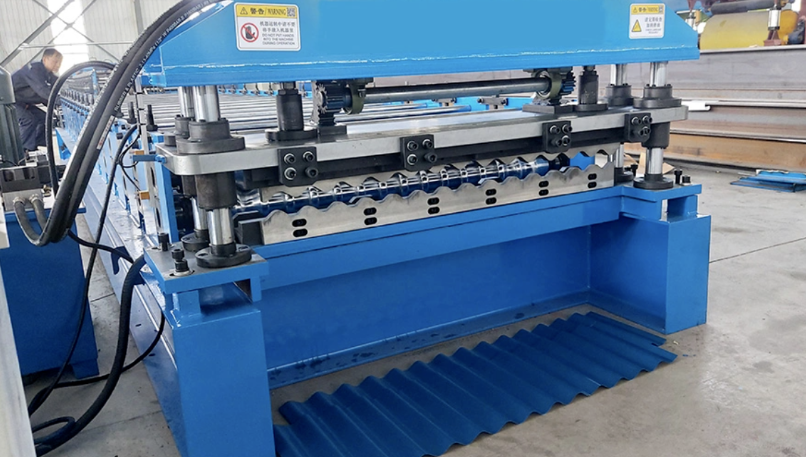
Posted on Sunday, October 6, 2024
When it comes to roll forming machines, the thickness of material they can handle varies based on several factors, including the specific design and configuration of the machine, the type of material being processed, and the intended application. Here’s a general overview:
When selecting a roll forming machine, it’s essential to consider the intended applications and the material specifications to ensure that the machine can handle the desired thickness and material type effectively.

32/1000 Box Profile Roll Forming Machine – Complete Guide & Specifications
Posted on Sunday, November 16, 2025
High-performance 32/1000 box profile roll forming machine for roofing and cladding. Full specifications, profiles, applications, pricing

PBR / R-Panel Roll Forming Machine – Complete Guide & Specifications
Posted on Sunday, November 16, 2025
PBR / R-Panel roll forming machine for roofing and wall cladding. Full specs, profiles, applications, pricing, and global buying guide. Built to order.

Posted on Sunday, November 16, 2025
How to Diagnose and Fix the Hidden Electrical Problems That Cause Downtime
Copyright 2025 © Machine Matcher.